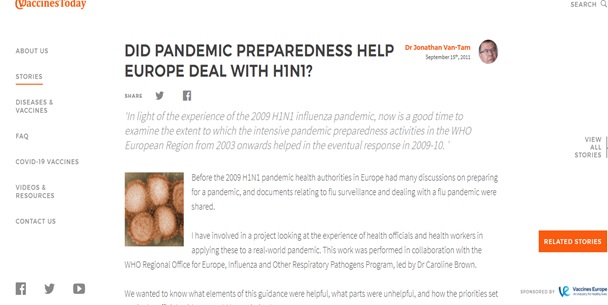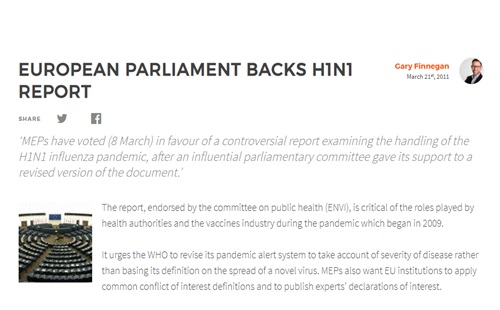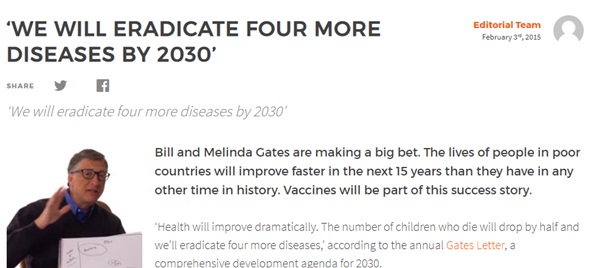10 years bookended by a pair of pandemics. The short history of Vaccines Today has never been boring. Launched in the wake of the 2009/2010 H1N1 flu pandemic, we are marking our 10th ‘birthday’ remotely (like so many others these days) while the COVID-19 pandemic continues to curtail social gatherings.

Compared to the current crisis, the H1N1 pandemic may seem mild. It is worth remembering that the virus killed an estimated 284,000 people in its first season and continues to circulate. In the years that followed, that pandemic prompted vaccine advocates to step up their online communication efforts while scientists continued to work on a range of promising technologies including mRNA vaccines.
For the wider public, the memory of the 2009/2010 pandemic faded fast. The legacy of COVID-19 is likely to be more enduring. Here, we look at some of the ways that H1N1 shaped the vaccination landscape and consider how today’s pandemic could catalyse a decade of rapid progress on battling infectious diseases.
Nature’s warning shot
Among the 700 articles in our archive, there are dozens on H1N1 and its impact. A piece by flu expert Dr Johnathan Van Tam, now a high-profile Deputy Chief Medical Officer for England, explores how Europe’s pandemic preparedness efforts helped in mounting a response to H1N1.
Based on interviews conducted by the WHO with health officials and doctors, one of Dr Van Tam’s most eye-catching conclusions is that ‘many countries felt they did not plan adequately for the detailed logistics of mass delivery’ of immunisation. The capacity to roll out mass vaccination programmes has been more thoroughly tested by COVID-19.
In contrast with the first year of the COVID-19 pandemic, vaccine supply was not a major issue for much of the H1N1 pandemic. After some initial concerns about ensuring that all European countries ordered enough doses, the severity of the pandemic receded, leading to rumblings about having too many vaccines.
Vaccine hesitancy goes viral
By 2011, low uptake of vaccines against H1N1 had become a significant concern, with anti-vaccine messages circulating on nascent social media channels. The hesitancy even reached some health professionals.
In a video interview, Dr Michael Schwarzinger of INSERM in France reported that uptake of flu vaccines fell among GPs after the H1N1 pandemic. In addition, doctors became – at least temporarily – less likely to recommend flu vaccines to their patients even if they had personally been vaccinated. He warned that younger and middle-aged people who opted out of the pandemic flu vaccine could be less likely to vaccinate against future pandemics. We will learn in the coming months whether this grim prediction comes to fruition.
Dr Schwarzinger draws a distinction between southern European countries where flu vaccine uptake was low, and Nordic countries where uptake was high. However, just a few years later, Finland introduced legislation designed to increase vaccine uptake among health professionals. Nurses and healthcare assistants reported particularly low uptake due to a combination of concerns about safety and effectiveness. The legacy of the H1N1 pandemic, where one of the vaccines was linked to a small rise in cases of narcolepsy in Finland, is likely to have been a factor in flu vaccine uptake rates.
Perhaps the most eye-opening piece from our H1N1 archive, published in March 2011, focuses on a European Parliament review of Europe’s response to the flu pandemic. Drafted by French MEP Michele Rivasi (who later invited disgraced former doctor Andrew Wakefield to air his anti-vaccine film in Brussels), the report calls for more focus on communication, greater transparency on the benefits and risks of vaccination, and more powers for the ECDC – an issue the ECDC director recently told us is back on the table as the EU begins to analyse its pandemic performance.
The 2011 article also quotes vaccine manufacturers pointing to the complexity of developing and delivering millions of vaccines against a new virus. The need to invest in expanding production facilities and the capacity to tackle ‘the next pandemic’ may also become familiar as experts take stock of the global response to the continuing COVID crisis.
The question is whether lessons will be learned this time.
COVID-19: a lasting legacy?
For all the horrors of the pandemic, there are some positives to consider when attempting to predict its long-term impact. Crises tend to accelerate technological progress and can jolt sluggish policy-making machinery into action.
The space race gave us insulin pumps, solar cells and laser eye surgery; a modest ‘inter net’ project at CERN spawned the web and changed our social and economic lives; and the 20th century’s otherwise regrettable wars sparked advances in aviation, computer science and encryption. Are we on the cusp of a golden era of vaccination?
The headline-grabber this year has been mRNA technology. Built on decades of basic science, it has enjoyed a moment in the sun since regulators gave the green light COVID-19 vaccines that use this approach. Now researchers are turning to these new tools to fight cancer, HIV and maybe even influenza.
Expansion in global vaccine capacity will mean the post-COVID world would be ready to roll out any safe and effective new mRNA vaccines very quickly. Testing and genome sequencing capacity has also grown dramatically since March 2020.
Attitudes to health have changed too. The COVAX initiative has scaled up global access to vaccination in low-income countries while the mantra of No One is Safe Unless Everyone is Safe is taking root around the world. Perhaps Bill and Melinda Gates’ ‘big bet’ on better health, including a bid to ‘eradicate four diseases’ by 2030, was not so fanciful after all – despite polio eradication efforts being hampered by the pandemic. (They were right to predict more mobile payments and online learning, even if not all of the Gates’s plans pan out.)
Later in this series we’ll look at some of the other big stories we’ve covered since our launch in 2011 and ask what the next decades hold. From the role of vaccines in beating superbugs and cancer, to the rising trend towards life-course immunisation and efforts to tackle vaccine misinformation, our forthcoming 10 @ 10 series will offer a window on the world of vaccination at a landmark moment in the history of global health.
For updates, follow us on Twitter, Facebook, YouTube and LinkedIn









